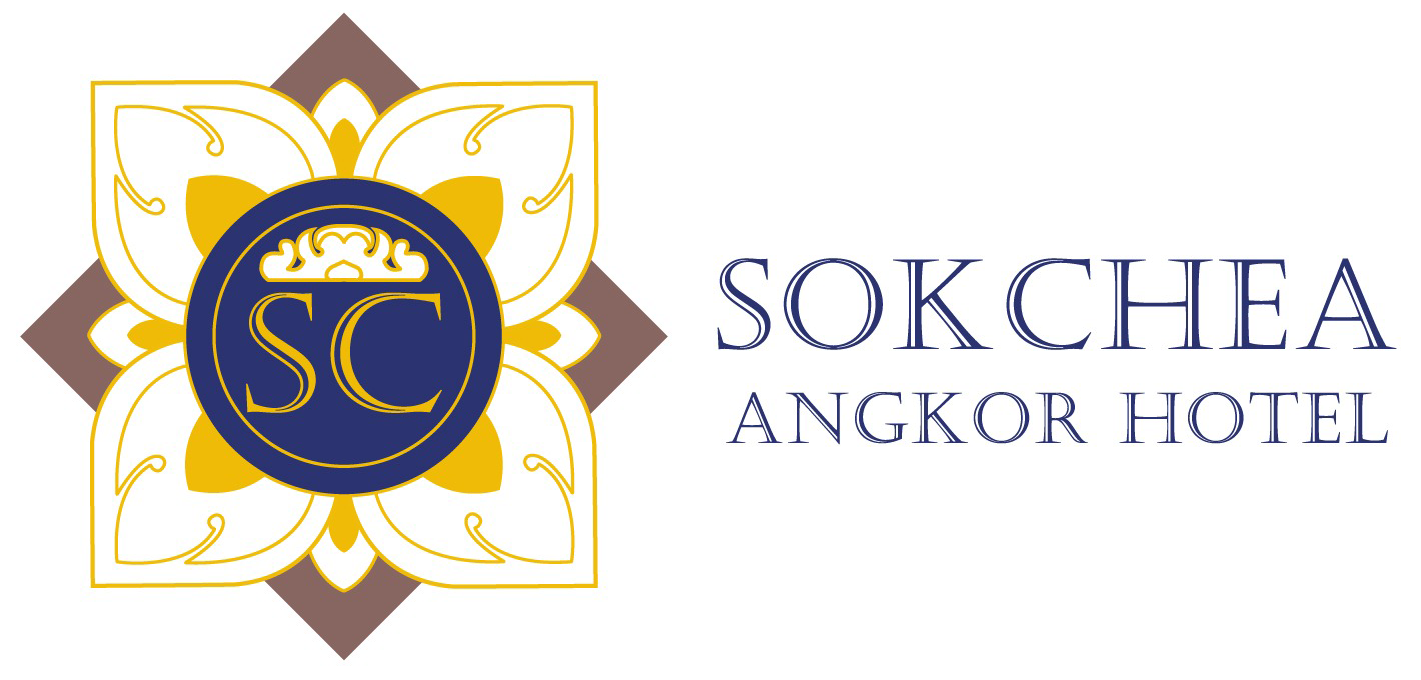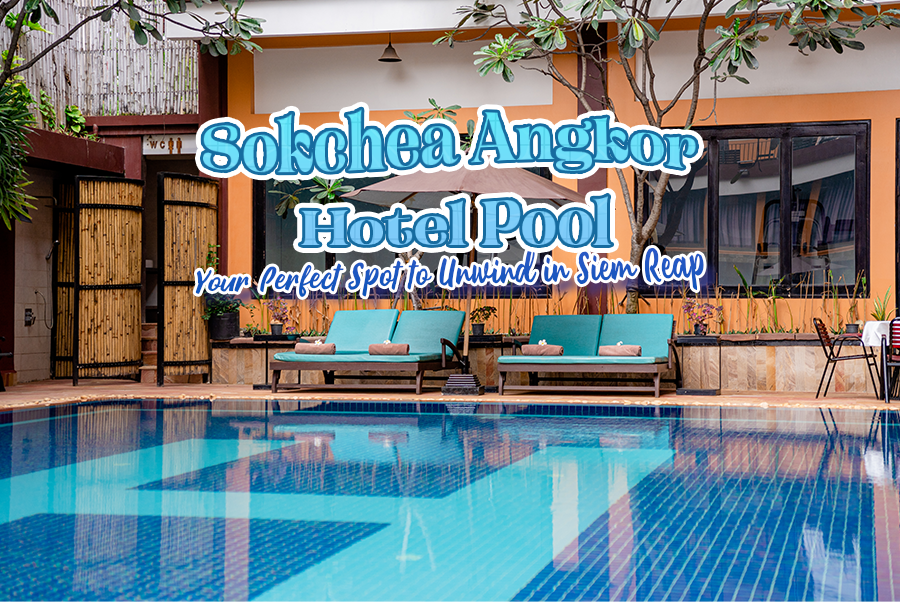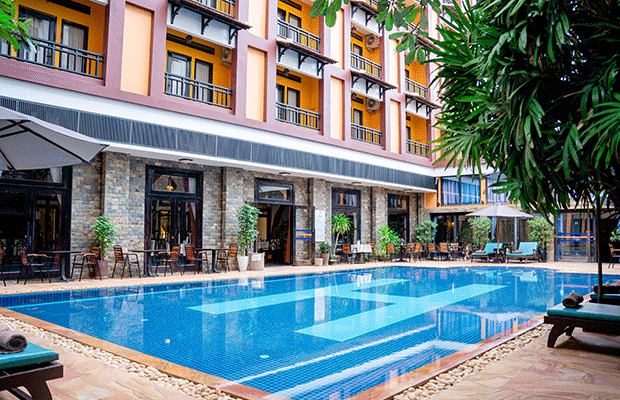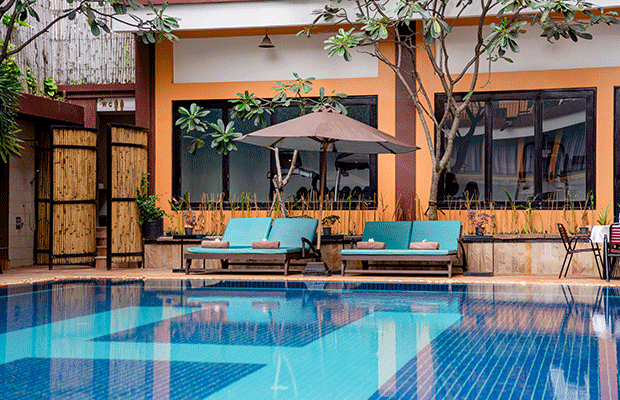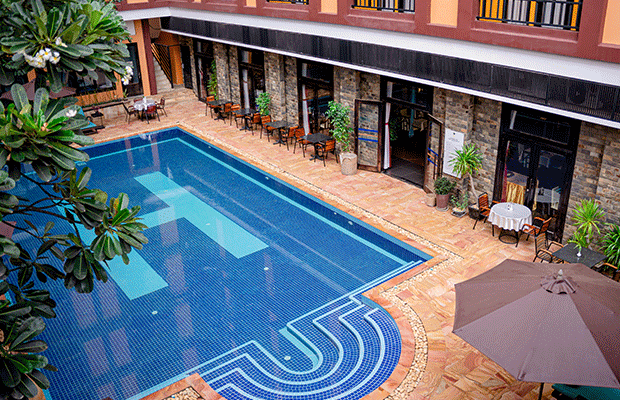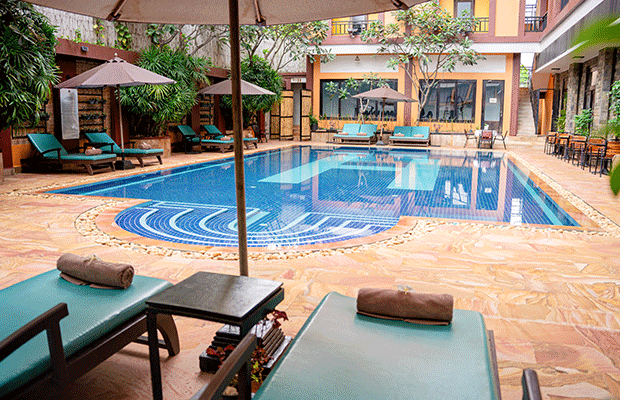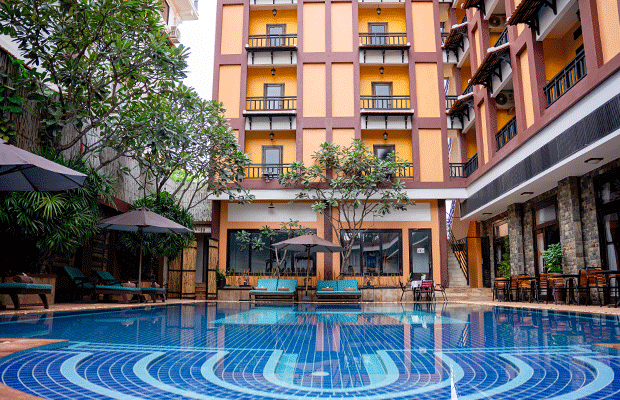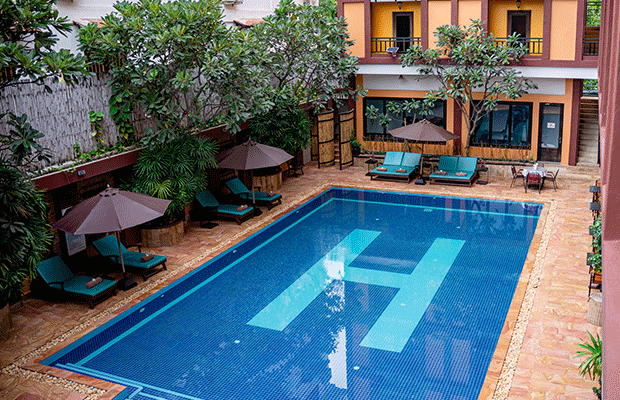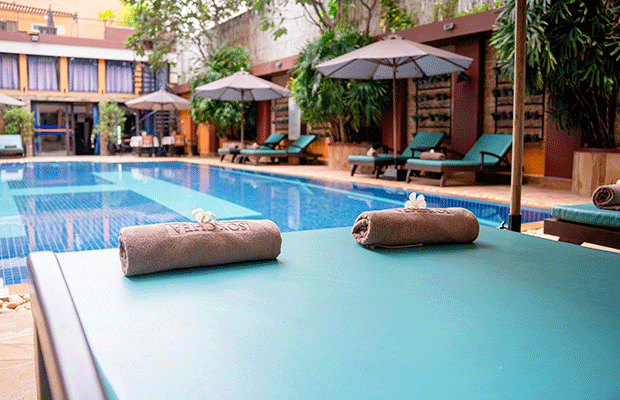As the first stars appear over the ancient temples of Angkor, join us for an unforgettable celebration of light, hope, and renewal. From April 14–16, 2025, the west moat of Angkor Wat will transform into a shimmering dreamscape for our magical Lantern Floating Ceremony**—the crown jewel of **Angkor Sankranta’s Khmer New Year festivities.
Imagine this: The warm glow of countless lanterns reflecting on still waters, the scent of frangipani in the evening air, and the soft murmur of prayers and laughter as thousands come together in celebration. This is your moment to write your hopes on paper, light your lantern with care, and release it to join this radiant dance of light**—each flickering flame carrying dreams for the coming year.
More than just a beautiful spectacle, this **centuries-old tradition represents the enduring spirit of Cambodia. As your lantern drifts peacefully across the water, you’ll be surrounded by the timeless grandeur of Angkor Wat, where ancient stones whisper stories of the past while we celebrate the future.
Why Attend?
✔️ Experience one of Cambodia’s most breathtaking cultural events
✔️ Participate in a profound, meditative ritual of renewal
✔️ Create lasting memories with loved ones under the stars
✔️ Immerse yourself in the magic of Khmer New Year at its most spectacular
Special Tips:
– Arrive before sunset to secure the best spot and watch the transformation from day to night
– Wear comfortable, respectful clothing in light colors (perfect for photos!)
– Bring a camera—you’ll want to capture every luminous moment
Don’t let this chance slip through your fingers like grains of temple sand. Whether you’re seeking spiritual connection, cultural immersion, or simply one of the most beautiful nights of your life, Angkor Sankranta 2025 awaits.
Your lantern is waiting. Your moment is now.
Join us for this extraordinary celebration where ancient traditions meet new beginnings. 🪔✨
#AngkorSankranta2025 #LanternCeremony #KhmerNewYear #CambodiaTravel
